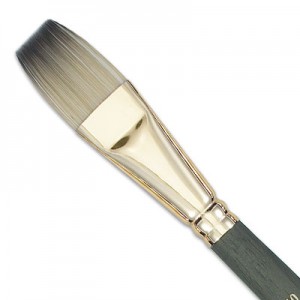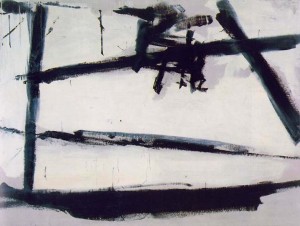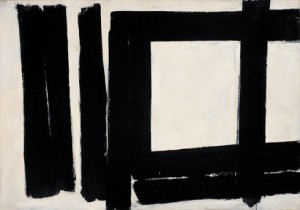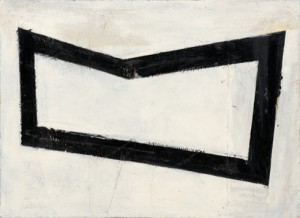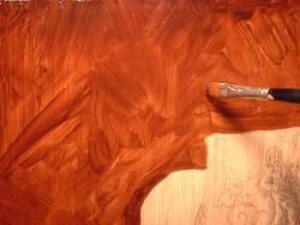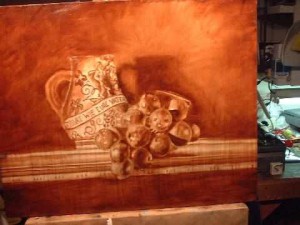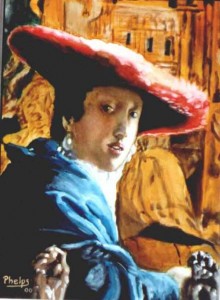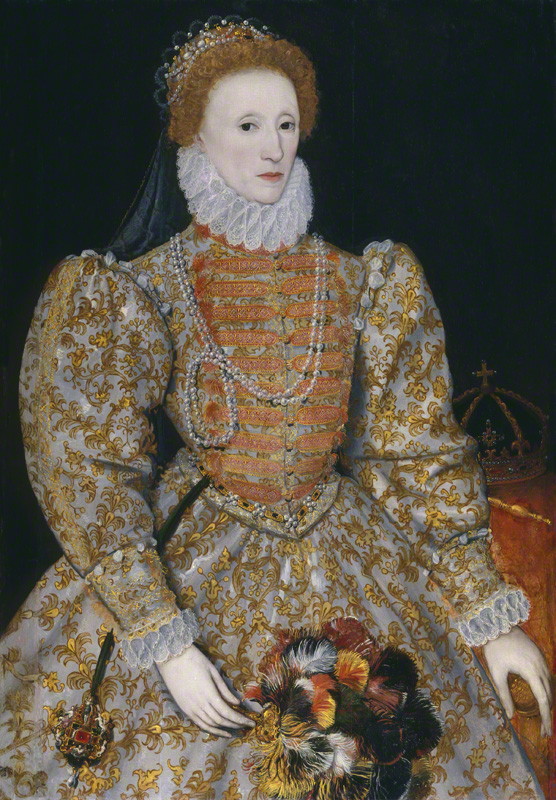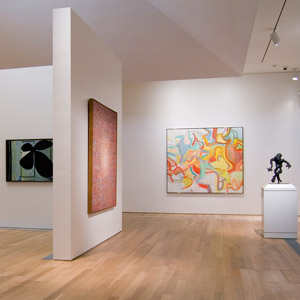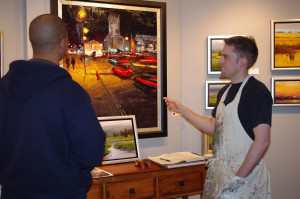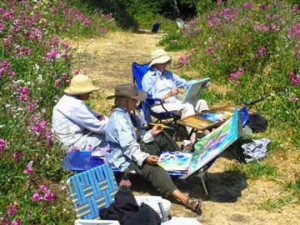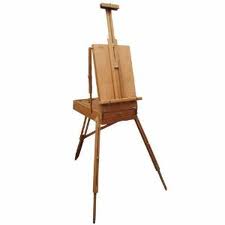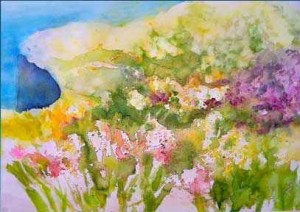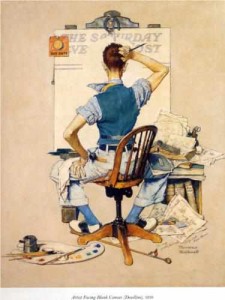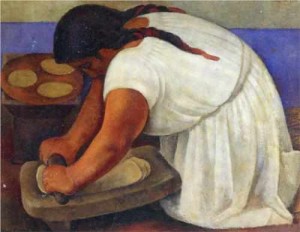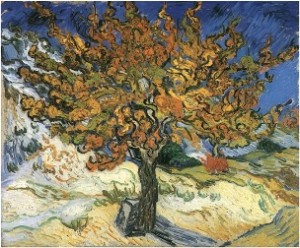Acrylic Artists Who Made Their Mark in History
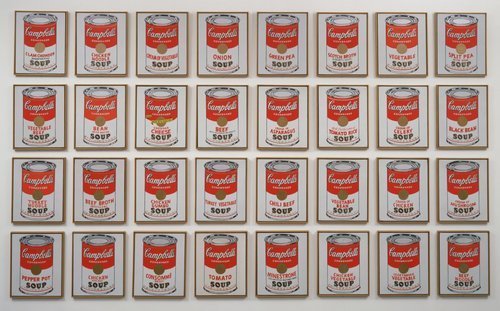
Many artists use acrylics in painting due to its fast-drying qualities and versatility. Unlike oil paints which take decades to fully dry, an acrylic painting can dry in just hours. You can also use different painting styles when using acrylics and you can use it on canvas, paper, wood, glass, or even stone.
Here are the famous artists who used acrylics in their art works:
1. Andy Warhol (August 6, 1928 – February 22, 1987). Andy Warhol was a celebrated American artist and was considered as one of the leading figures in Pop Art. He was the one who started the use of everyday items such as soup cans, soft drink bottles, and dollar bills as subjects in his paintings which were then displayed in museums. Aside from using mundane objects, he was fascinated in the entertainment industry and used famous celebrities and even political figures as subjects. He created portraits of Marilyn Monroe, Elvis Presley, and Jackie Kennedy.
2. Kenneth Noland (April 10, 1924 – January 5, 2010). Kenneth Noland was an American abstract painter. He was known for his geometrical themes called Chevrons and Stripes and circular motifs which are called Target paintings. Noland was known as one of the leading figures in the Color Field painting style in the US. In the 1950s, he was able to meet influential people in the art scene such as abstract expressionists Helen Frankenthaler and Morris Louis. They greatly affected the artistic direction of his career. He started using Frankenthaler’s technique in stain painting wherein he used a thinned acrylic paint on unprimed canvas. These three painters led the formation of the Color Field painting style.
3. Robert Motherwell (January 24, 1915 – July 16, 1991). Robert Motherwell was an American abstract painter. In the 1960s, he used acrylics in painting large-scale canvases. Primarily using oils, he switched to acrylics because of its quick drying time. The Elegy of the Spanish Republic is considered as one of his most important works. It is a series of abstract paintings using black and white paint in bold movements and strokes.
4. David Hockney (born July 9, 1937). David Hockney is an English painter and draftsmen, and a founding member of the British Pop Art movement in the 1960s. He is one of the most famous British artists. His visit in California inspired him to paint swimming pools and the urban landscape using acrylics. During that time, he developed his own style of painting called naturalistic-realistic painting. One of his famous works includes The California Collector (1964) which depicts a swimming pool in LA.
5. Roy Lichtenstein (October 27, 1923 – September 29, 1997). Roy Lichtenstein was an American pop artist who used comic strips and advertisements as inspirations in his art works. He was famous for creating bright and graphic images which parodied pop culture. In one of his most significant works, Drowning Girl, he used both oil and acrylic (Magna) paints and the piece was considered as a “masterpiece of melodrama.”
Image source: http://www.moma.org


